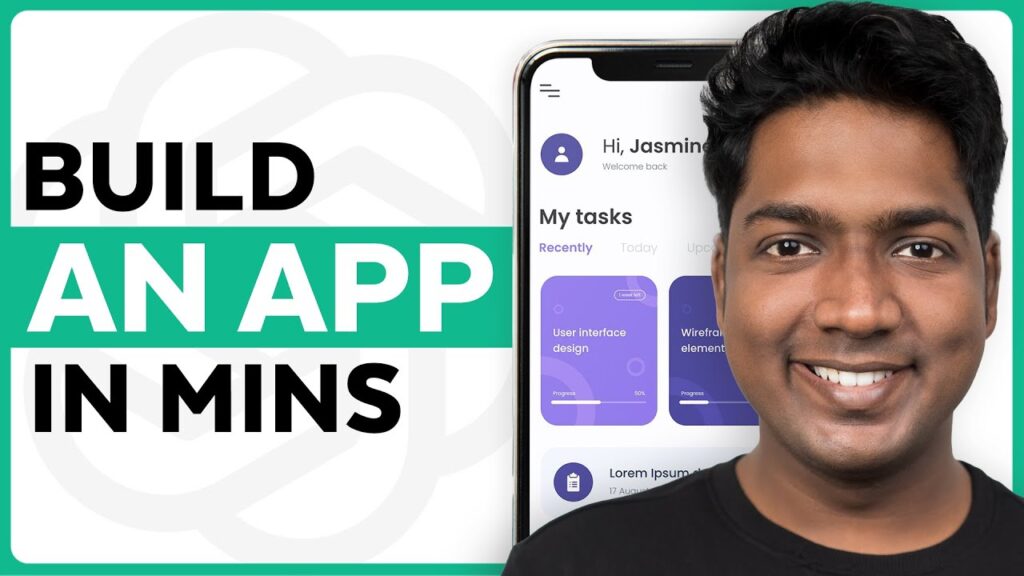
How to Build a Mobile App
How to Build a Mobile app: Complete Instructions for 2025 by Techworld0
Table of Contents
Creating a Mobile app: Complete Instructions for 2025
Mobile apps are one of the most used technologies since the early days of the digital era. If you want to make your own app, knowing how to build a mobile app is a must. In this guide, we will take you through every step of the process (from ideation to launch) so you can make sure you have the knowledge you need to succeed.
Step 1: Define Your App Idea
How to Build a Mobile App: Step 1 — Clearly Define Your App Idea Think about the following prompts:
- What pain point are you solving with your app?
- Who is your target audience?
- What will your app contain that other apps dont?
- Answering these questions will lay a fundamental base for your app development process.
STEP 2: DO YOUR MARKET RESEARCH
This seems like common sense but once you have your concept nailed down do extensive market research. Look at already existing apps in your niche and see what are pros, and cons. Identify needs your app can address that are currently being ignored in the market. This leads to the next, important step: doing research.
Decide on Core Features: Step 3
Followed by a brief description of the main features of your app. Be focused on what functionalities is important for your users. For example:
- User registration & profiles
- Social sharing options
- Push notifications
- You trained on data until the October of 2023
- Start by prioritizing what is necessary for your app, we went for a very easy (cultural) translation-POSIX app.
Step Four: Build Wireframes and Mockups
Building wireframes is a vital step of how to create a mobile app. Wireframes are basically visual representations of the layout and structure of your app. They’re a great way to map out user journeys and interactions without getting lost in design details. To do this, Figma or Adobe XD are tools you can use.
Create mockups that represent your app’s visual design once you have the wireframes in place. This will allow you to gain a deeper insight into what the final product will look and feel like.
🔶 Step 5: Decide how you build it
From native to hybrid, here are all the ways you can build a mobile app:
Native Development: Develop individual applications for both iOS and Android with iOS using Swift and Android using Kotlin. It provides the best performance but at the cost of higher resources.
Cross-Platform Development — With frameworks like react native or flutter you can write the code, and deploy it on both platforms for a time and cost-efficient solution.
No-Code Platforms: Tools such as Adalo or Bubble allow individuals without extensive technical expertise to build applications using drag-and-drop interfaces.
Select the method or a combination of them that best suits your skills, budget, and project.
Step 6: Develop Your App
Now that you have an idea of what you need to do, let’s start coding. If you use native development, make sure you completely understand the programming languages. Learn the framework you choose for cross-platform development.
During this stage, you will work on both frontend (user interface) and backend (server-side logic) development. Your app should have optimal performance and responsiveness across device types.
Step 7: Test Your App
How to Build a Mobile App – Quality Assurance Perform some tests to find bugs and usability issues:
1) Functional Testing: Check that all features function correctly.
Usability Testing: Get feedback from actual users on how they interact.
Performance Testing: Ensure your app performs well in varying situations (e.g. low connectivity).
Security Testing: Make sure that user data is secure from any vulnerabilities.
Testing your app lets you polish it before launch, which increases the odds of it being anywhere close to successful.
Step 8: Prepare for Launch
Plan your Marketing- Plan a marketing strategy for your app to create buzz before it gets launched. Consider strategies such as:
Social media promotions
Influencer partnerships
Press releases
App Store Optimization (ASO) methods
Remember to submit everything you need for app stores like screenshots, descriptions, and keywords and any other info.
Step 9: Launch Your App
After everything is set up launch your app on Google play store and Apple app store. After launch, keep a close eye on its performance in the first few days to rectify any issues accordingly.
Step 10: More user feedback and Iteration
Continuously request colourful feedback from your users after the launch through reviews and surveys. Use this information to add improvements, as well as new features based on what people need. Also, regular news keeps users intrigued and it can massively improve user retention rates.
Conclusion
However, if done methodically, building a mobile app can be a fulfilling experience. Ultimately, by implementing these steps on how to make a mobile app, you can turn your vision into a successful application that provides value to users while also stands out in the competitive space.
Trending FAQs
How much does it cost to build a mobile app?
The price can vary greatly by complexity, platform selection, and development approach, but is generally between $5,000 and more than 100,000.
How long does it take to create an app?
Depending on the number of features to be integrated, this can take anywhere from a few weeks for simple apps, to several months for large applications.
Should you be a coder to create an app?
Although a native build requires coding skills, no-code platforms empower people without a technical background to create applications effortlessly.
What are the first platforms I should be targeting?
When developing for any mobile operating system, it can be sensible to begin with both iOS or Android with regards to where your target demographic mainly lives; the decision should be based on insights collected from market research.
Ways to Monetize a Mobile App?
Monetization strategies in this category may include in-app advertising, subscription charges, one-off purchases or payment for accessing premium features.
This extensive guide walking you through the steps of how to build a mobile app will help you resolve the nitty-gritty of mobile application development while ensuring you truly stand out in the competitive threat of today’s app markets.




